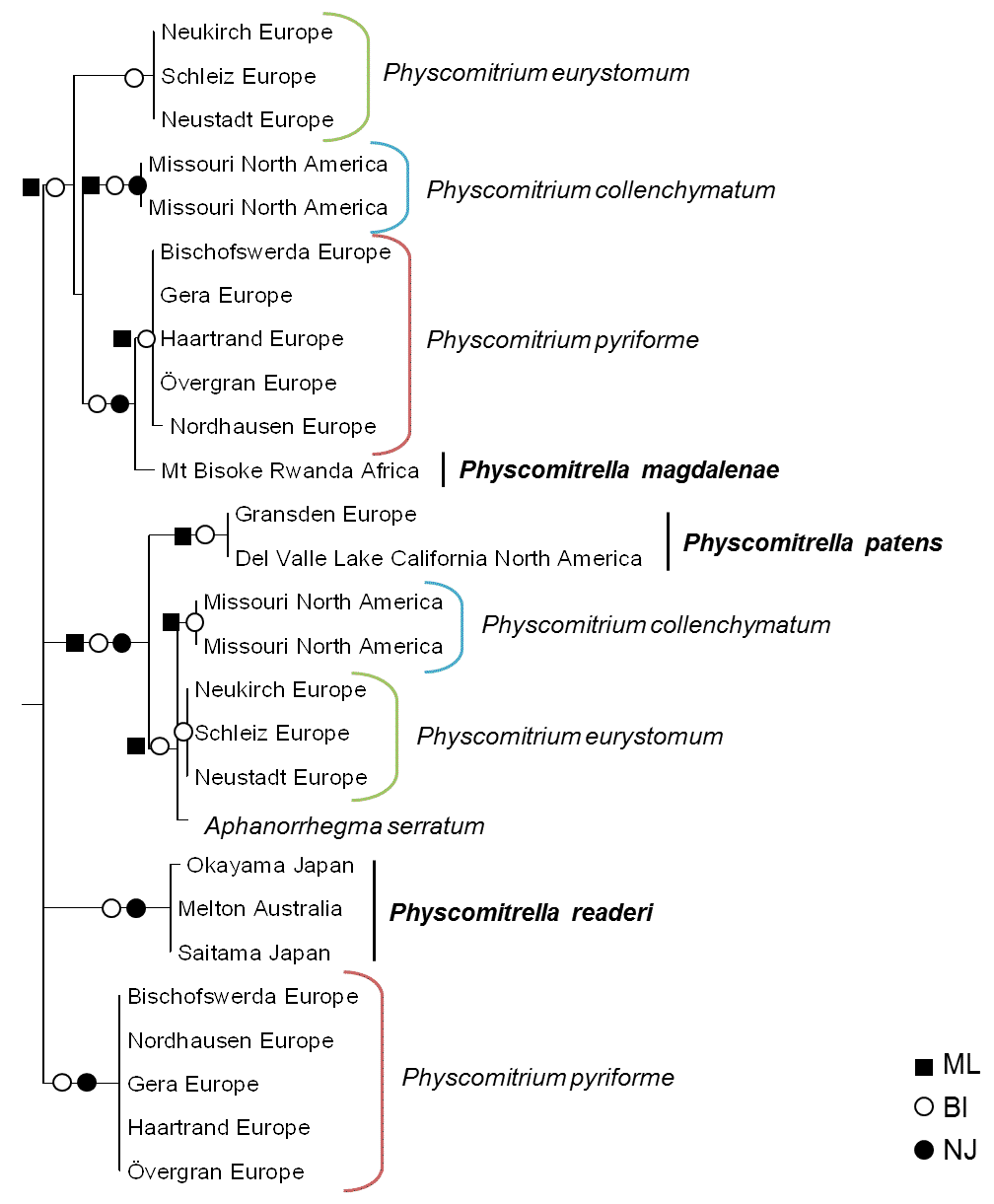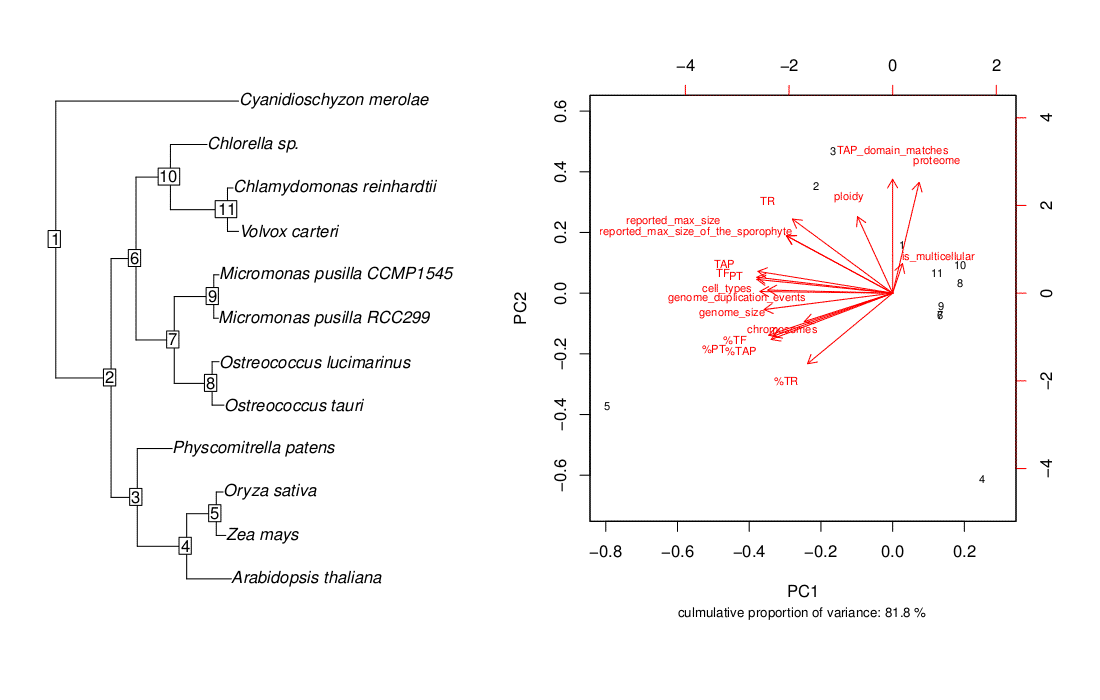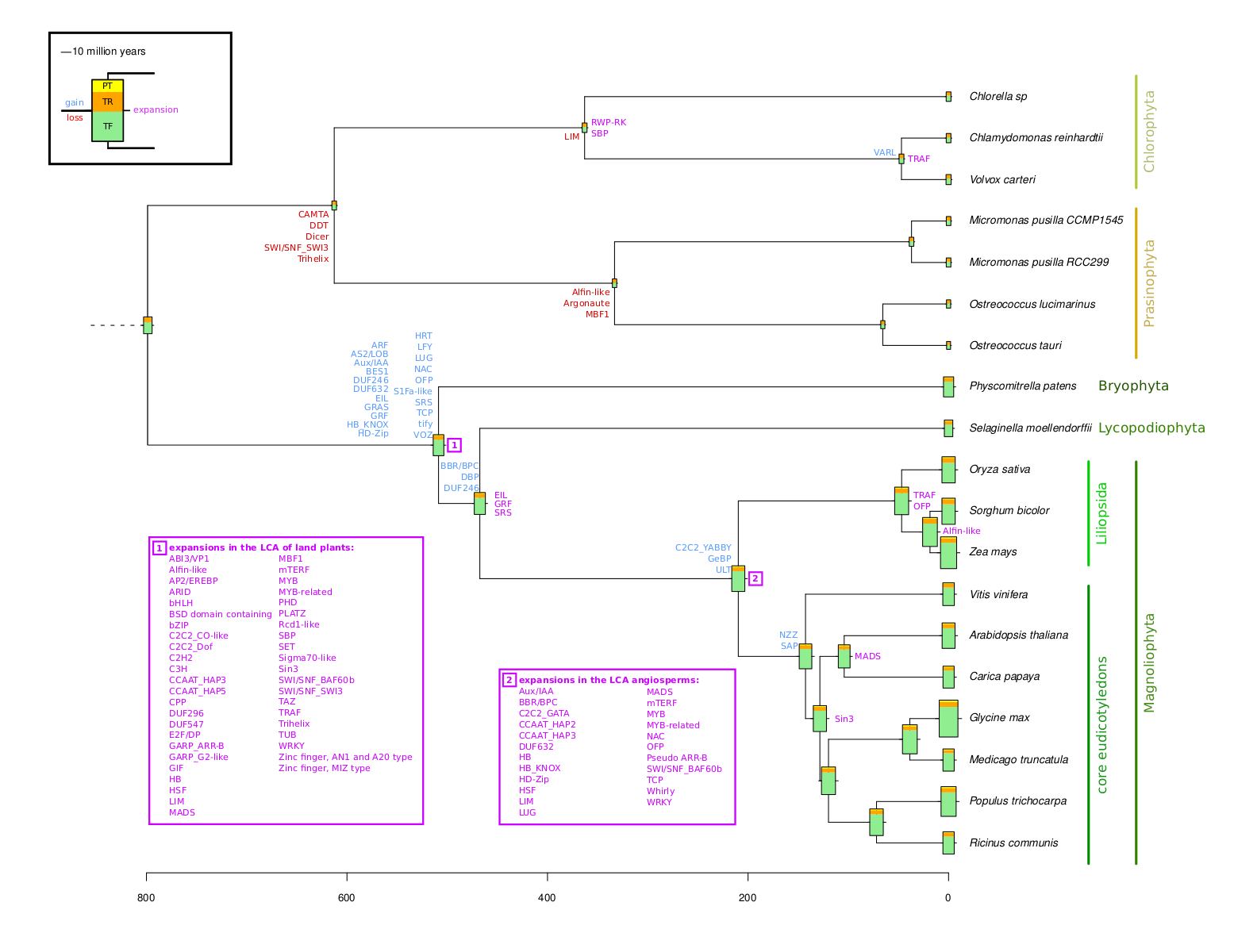B02 > Evolutionary processes driving biological variation and diversity as models for exploratory digital design tools in architecture
Principal Investigators
Prof. Achim Menges (S-ICD)
Prof. Dr. rer. nat. Ralf Reski (FR-PBT)
PD Dr. rer. nat. Anita Roth-Nebelsick (SMNS)
Research Team
Dr. rer. nat. Daniel Lang (FR-PBT)
Long Nguyen, M. Sc.(S-ICD)
Dipl.-Biol. Nico van Gessel (FR-PBT)
Dr. rer. nat. Anna Ostendorf (geb. Beike) (SMNS)
Yaron Malkowsky (SMNS)
Biological evolution drives morphological diversity via genetic variation and results in a high level of adaptation, performance and resource efficiency. However, »biological design« arising from evolution is often counterintuitive and unexpected in a non-linear way. Evolutionary processes are undirected and very good at exploring novel design possibilities in an open-ended manner. Biological evolution thus differs profoundly from the gradualistic and constantly converging character of technical evolutionary optimization with defined and static fitness functions. Evolutionary algorithms (EA) based on Darwinian principles are mainly developed for solving multi-criteria problems in technology. Technical goals are defined as fitness functions and the evolutionary mechanisms of selection, heredity, reproduction and mutation are employed as stochastic optimization processes. These meta-heuristic algorithms do not include recent insights into micro- and macro-evolutionary mechanisms derived from genomics, phylogenomics and population genomics.
Similar to natural evolution, the architectural design process is an open-ended process exploring possible solutions. However, in order to navigate this vast and dynamic design space, most design methodologies in architecture are based on a typological approach. This limits the solution space to a particular structural, constructional, spatial or programmatic type, which is iteratively adapted to the particular design requirements. The constraints inherent in typology-based design methodologies exclude a vast range of potentially more effective and better design variants. In contrast, the dynamics of biological evolution suggest ways of continuously expanding the design space towards new and unexplored possibilities. Thus, in architecture, evolutionary processes are more relevant as exploratory processes rather than optimization tools.
Our goals are twofold: (1) We aim to develop digital evolutionary processes as exploratory design tools in architecture to enable the discovery of novel relationships of form and function beyond the scope of established typological design methods. Our starting point is the extension of established EA by the inclusion of recent findings of biological micro- and macro-evolutionary theory to allow the exploration of novel constructional and structural design possibilities. (2) We intend to elucidate the nature, importance and rate of the molecular mechanisms driving the micro- and macro-evolution of haploid-dominant organisms and plants in general. To this end, we will rely on available genomics and phylogenomics data and on population genomics and phylogenomics data sets that will be generated specifically for the project. These will focus on factors that trigger changes in form-function relationships, that enable a reciprocal adaptation of fitness criteria and that lead to a continuous expansion and drift of the design space. The quantified mechanisms will be translated into EA and will be used to simulate evolution in silico by using Digital Life software. The developed digital evolutionary process will be employed and tested in projects A07 and A08. The structure-function relationships studied in A09 will serve as an ideal model for the mapping of genotypes to phenotypes in B02. The concept of digital organisms that will be used in this project to simulate evolutionary mechanisms will be collated with the work in C02. Within section B, which is primarily concerned with the methodological level of the TRR 141, this project investigates the exploratory nature of micro- and macroevolutionary processes for their potential to drive morphological innovations and to explore morphospaces within architectural design methods. Thus, project B02 aims to provide an important methodological cornerstone to the topical range of the TRR 141.
Pictures
Picture 1: Composite image; original photos from Michael Lüth, George Shepherd, Sarah Gregg and members of the Reski group
Picture 2: Figure from Beike et al. (2014) BMC Evolutionary Biology 14,158.
Picture 3: Figure (Daniel Lang) based on data published in Lang et al. 2010
Picture 4: Figure (Daniel Lang) published in Lang et al. 2010
Background picture: SEM: ZMB in Basel

Morphological sporophyte diversity in the moss family Funariaceae
Phylogenetic tree of BRICK1 in the moss family of Funariaceae
Phylogenetic comparative principal component analysis revealing the importance of transcriptional regulators and genome duplications for the evolution of morphological complexity in the green lineage.
Chronogram reconstructing the evolution of transcriptional regulators in the green lineage.




